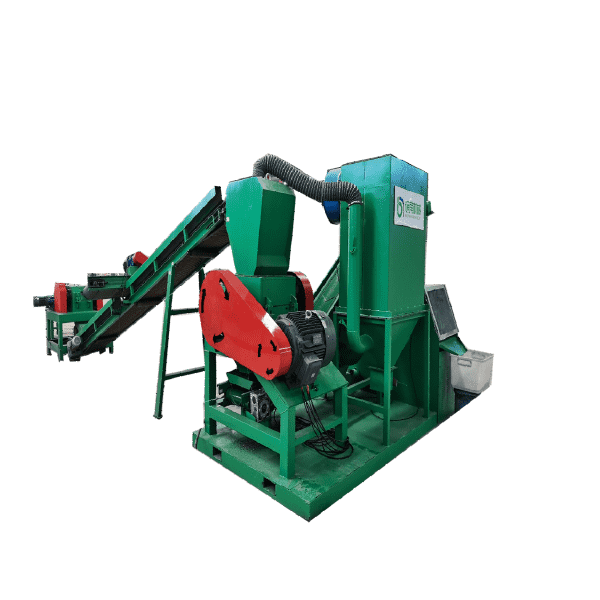

nov . 15, 2024 17:12 Back to list
How Does an Eddy Current Separator Work?
Eddy current separators play a crucial role in the recycling and waste management industries, effectively separating non-ferrous metals from other materials
. Understanding the working principle of an eddy current separator can help us appreciate its significance in modern sorting processes.At its core, an eddy current separator uses magnetic fields to separate metals based on their conductive properties. The main component of this separator is a rotating magnetic drum, which produces a powerful magnetic field that generates eddy currents in conductive materials as they pass through the field. The process begins when mixed materials are fed into the separator; the materials typically include aluminum, copper, plastics, and other non-ferrous metals interspersed with non-metallics like wood, glass, and paper.
When a conductive metal object enters the magnetic field generated by the rotating drum, it experiences a change in magnetic flux. According to Faraday’s law of electromagnetic induction, this change induces swirling currents within the metal—known as eddy currents. These currents create their own magnetic field, which interacts with the original magnetic field of the drum.
The interaction between the induced eddy currents and the magnetic field leads to a repulsive force that propels the conductive materials away from the non-conductive ones. This action effectively sorts the metals from the other materials. As the drum continues to rotate, the conducting metals are ejected from the conveyor belt into a separate collection area, leaving behind non-metallic materials.

One of the critical advantages of eddy current separators is their efficiency in processing large volumes of materials quickly. The separator can handle various sizes and shapes of non-ferrous metals, allowing for significant throughput. Additionally, these machines have relatively low maintenance requirements and operate with minimal energy consumption compared to other sorting technologies.
The importance of eddy current separators extends beyond just efficiency; they play a vital role in environmental conservation. By extracting valuable metals from recyclable waste, these separators help reduce the need for virgin materials, thus minimizing resource depletion and lowering energy consumption associated with mining and refining. Furthermore, the effective recovery of metals contributes to reducing landfill waste, promoting a more sustainable approach to waste management.
There are some considerations to keep in mind when using eddy current separators. The efficiency of the separation process can be affected by the size and shape of the non-ferrous metals, as well as their conductivity. Additionally, the presence of ferrous metals can interfere with the operation, necessitating the installation of a ferrous metal separator upstream. Understanding these factors can help operators optimize the separation process.
In conclusion, eddy current separators are an essential technology in modern recycling and waste management. They leverage the principles of electromagnetism to efficiently separate non-ferrous metals from waste materials. By facilitating the recovery of valuable metals, these separators contribute significantly to sustainable practices and environmental conservation. As recycling technologies continue to evolve, the role of eddy current separators will likely become even more important, helping to create a circular economy and reduce the ecological impact of waste.
Latest news
Troubleshooting Common Eddy Separator Problems
NewsJul.04,2025
The Role of Metal Recycling Plants in Circular Economy
NewsJul.04,2025
The Impact of Recycling Line Pickers on Waste Management Costs
NewsJul.04,2025
Safety Features Every Metal Shredder Should Have
NewsJul.04,2025
How Industrial Shredders Improve Waste Management Systems
NewsJul.04,2025
How Cable Granulators Contribute to Sustainable Recycling
NewsJul.04,2025